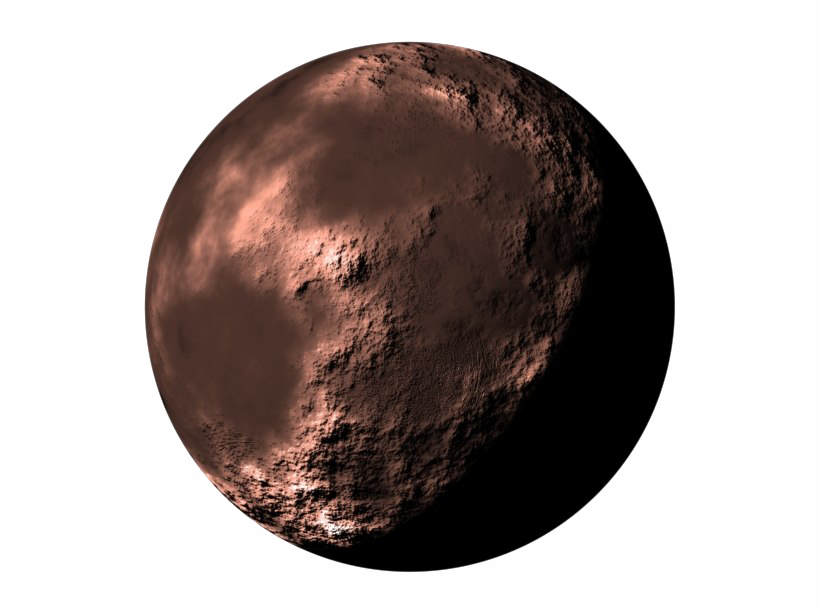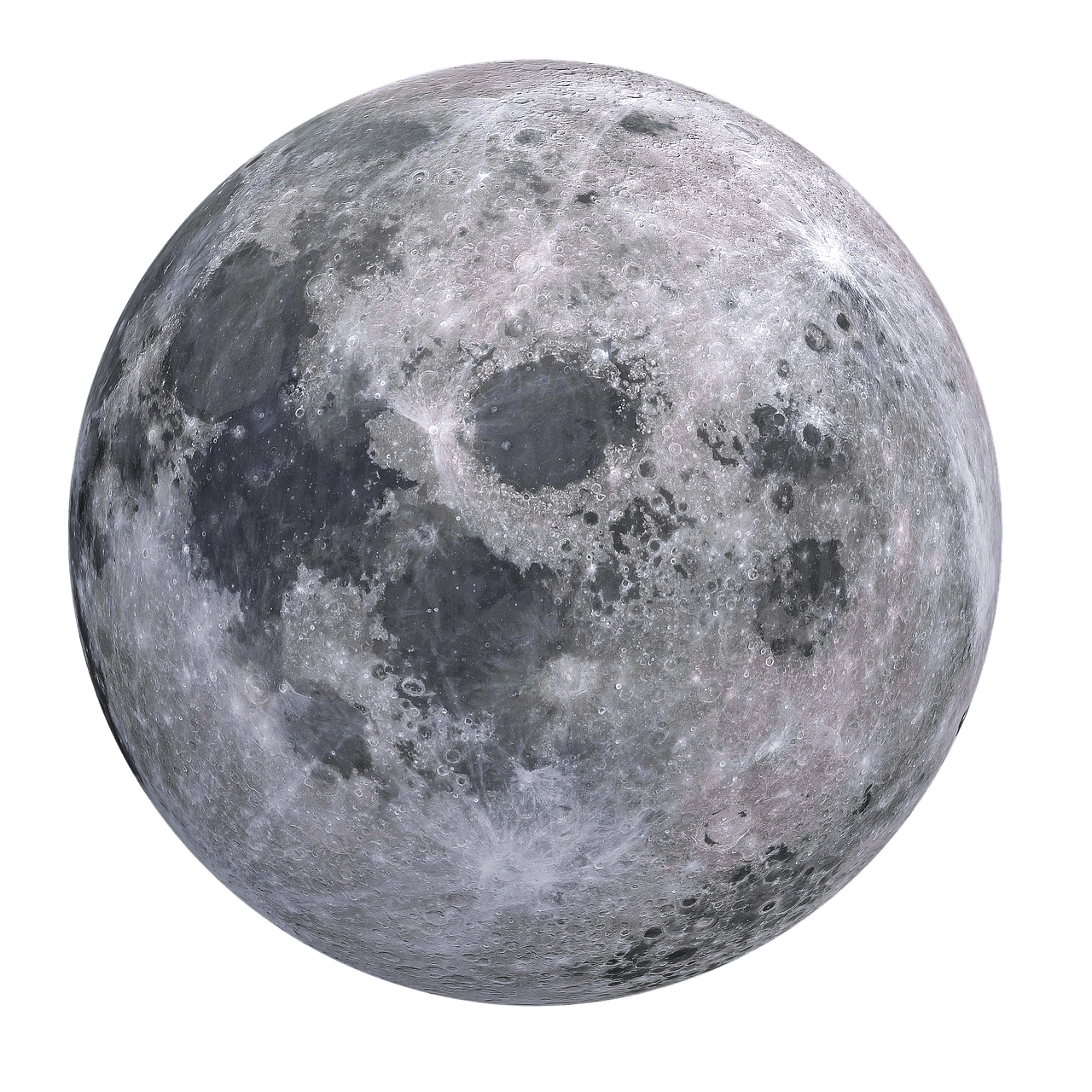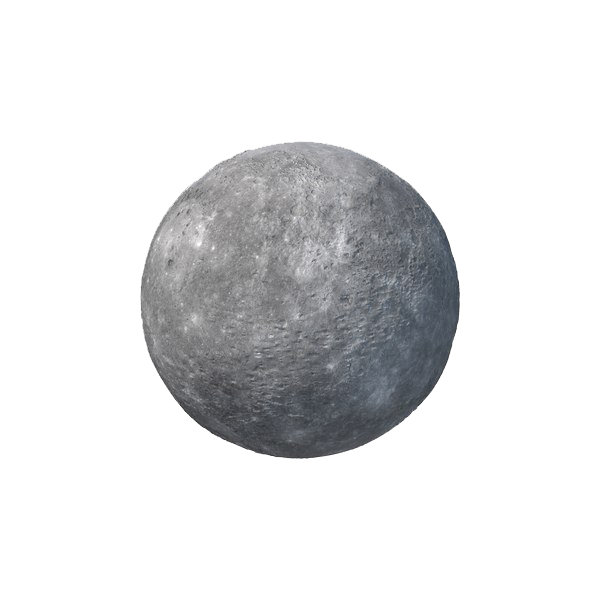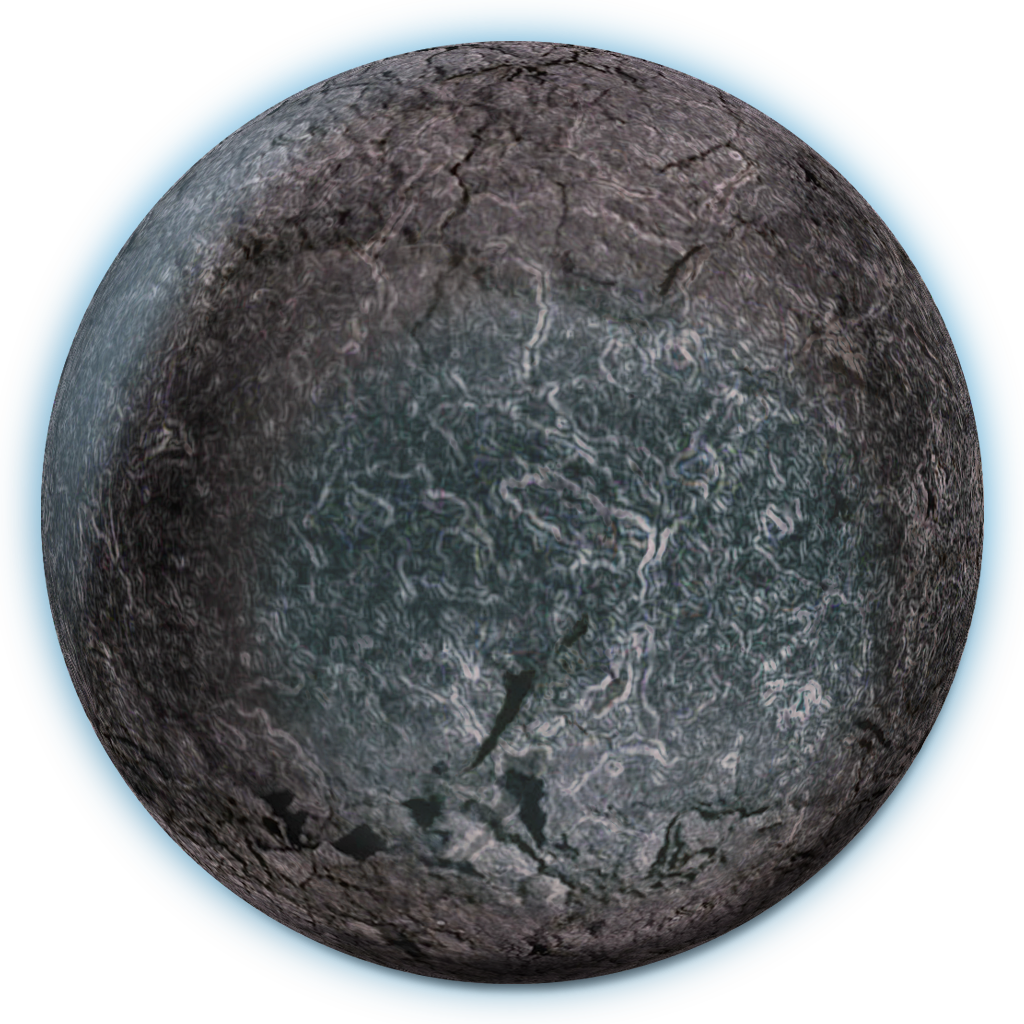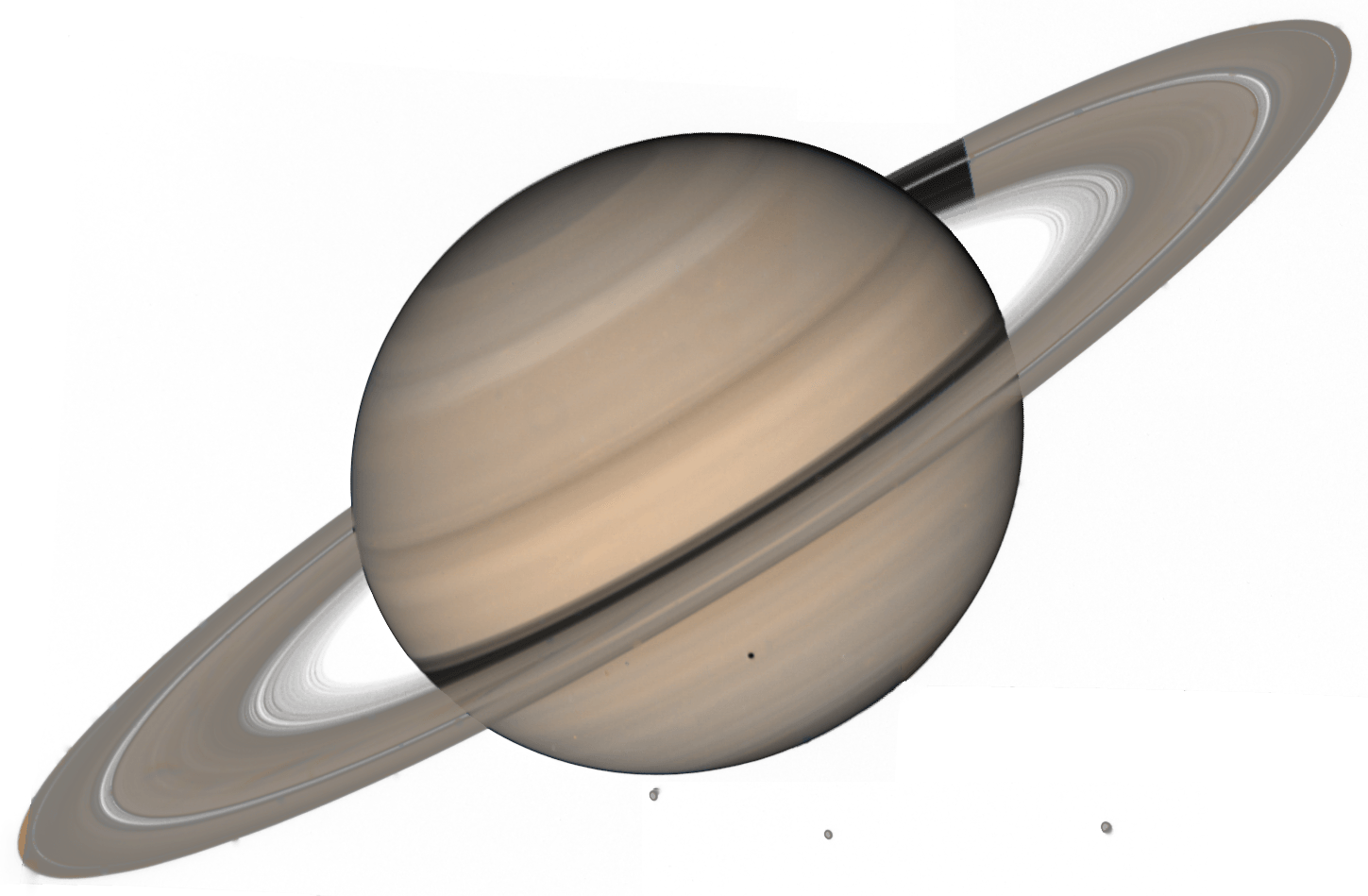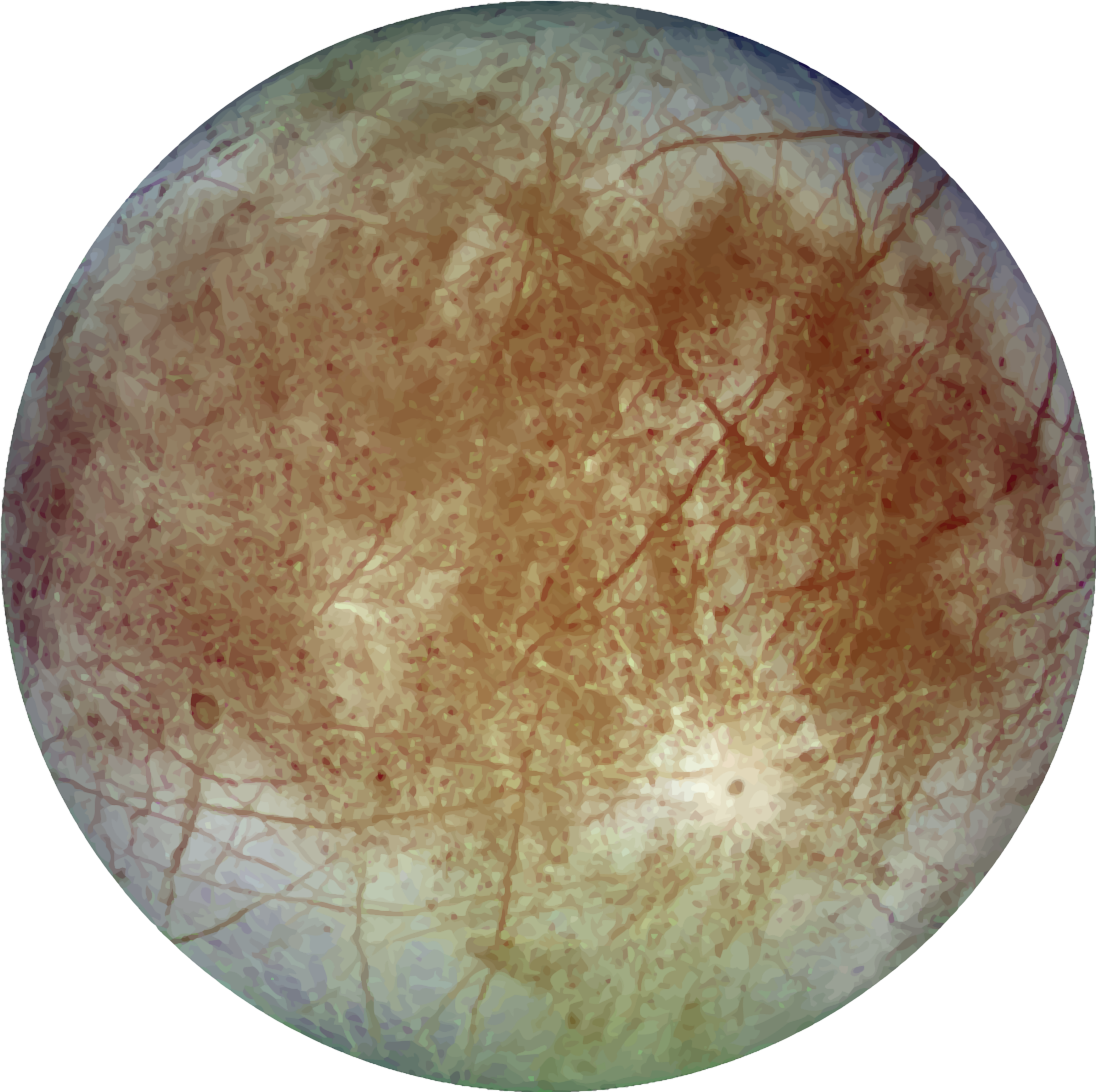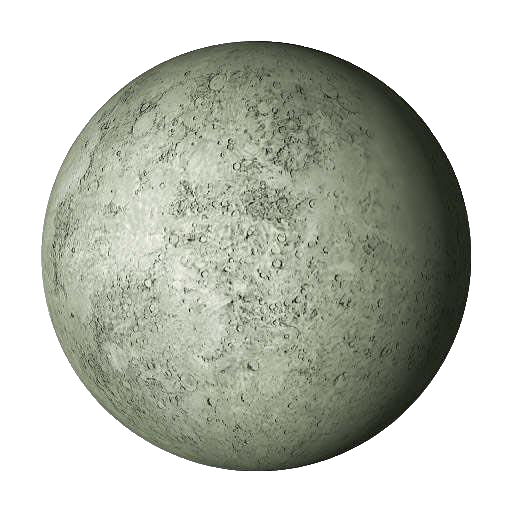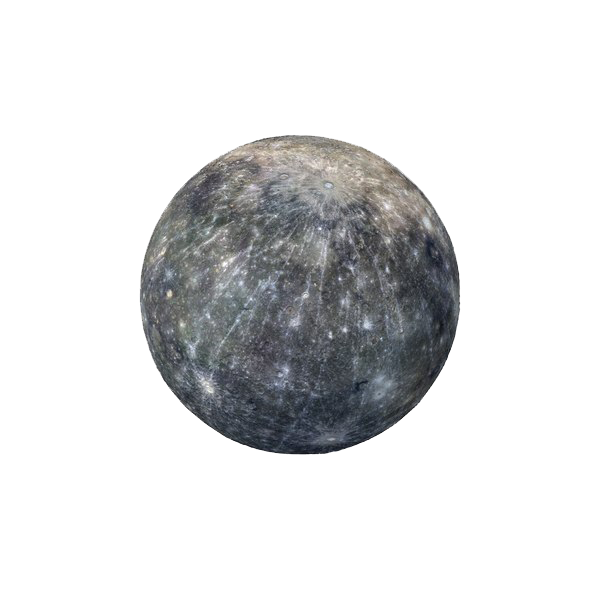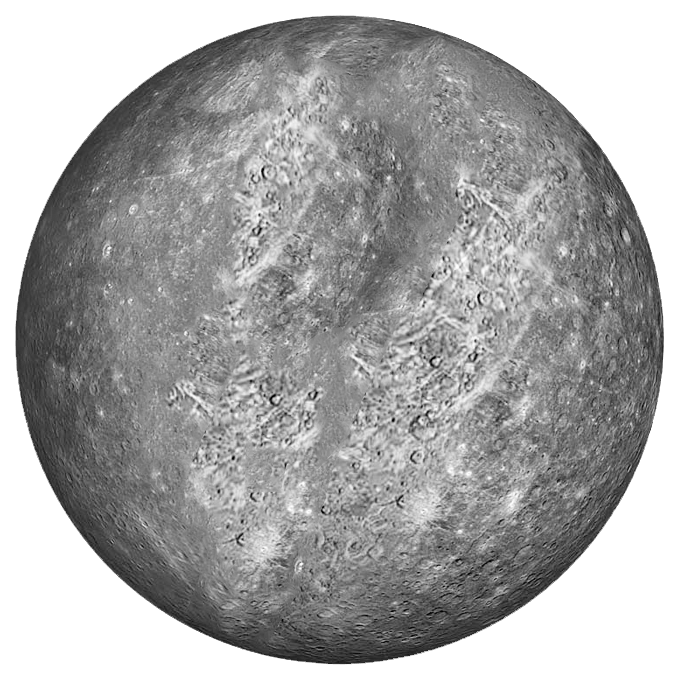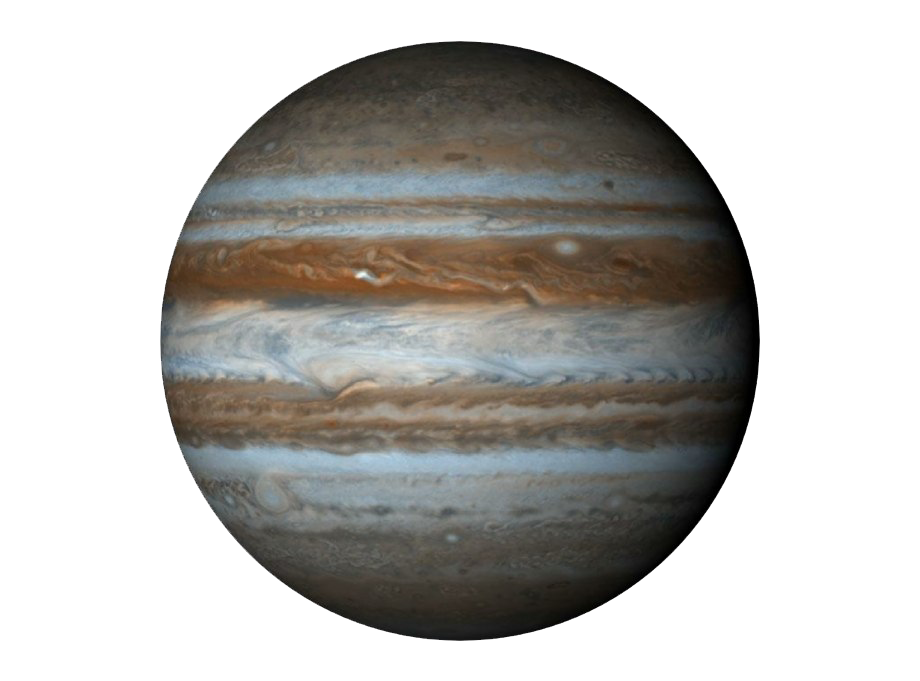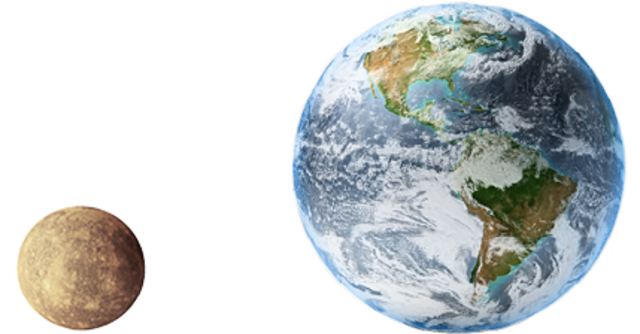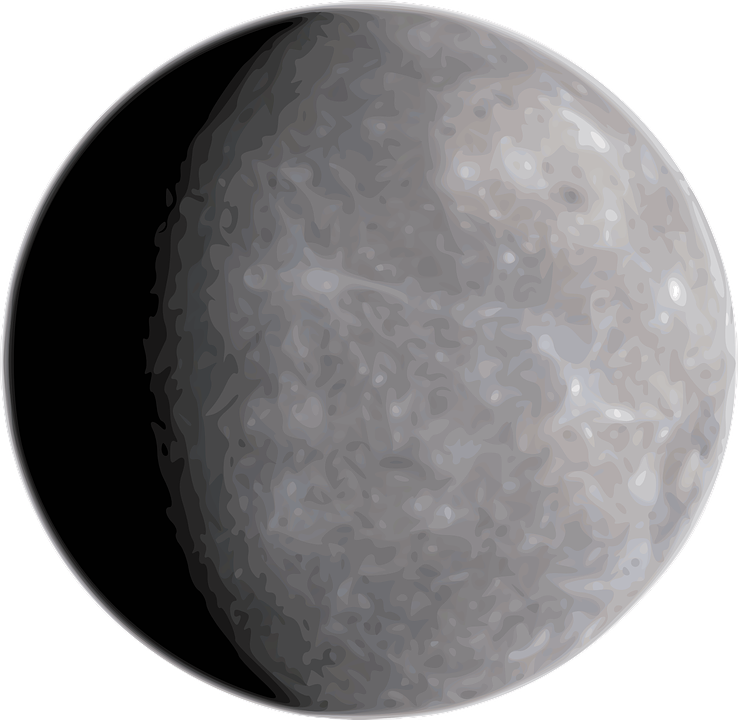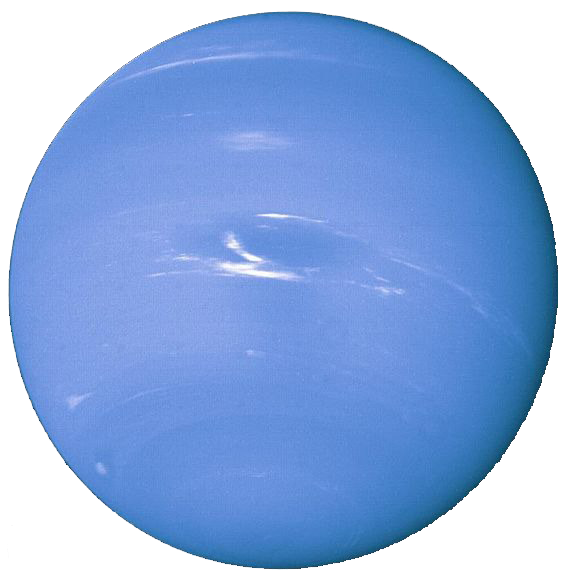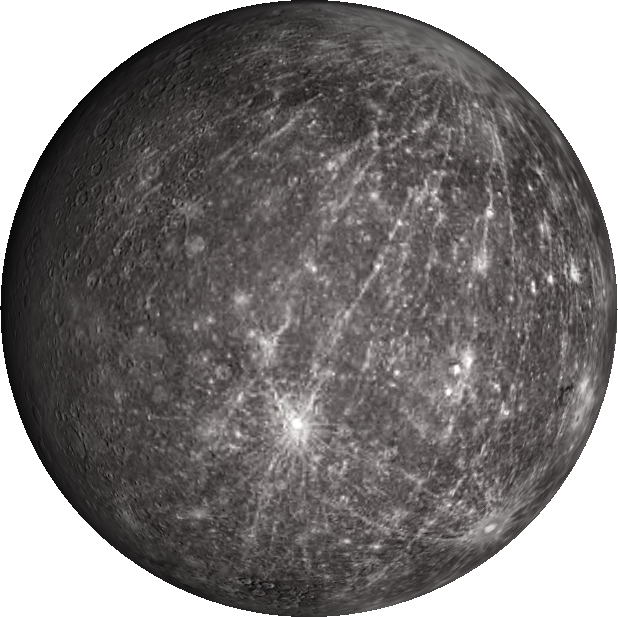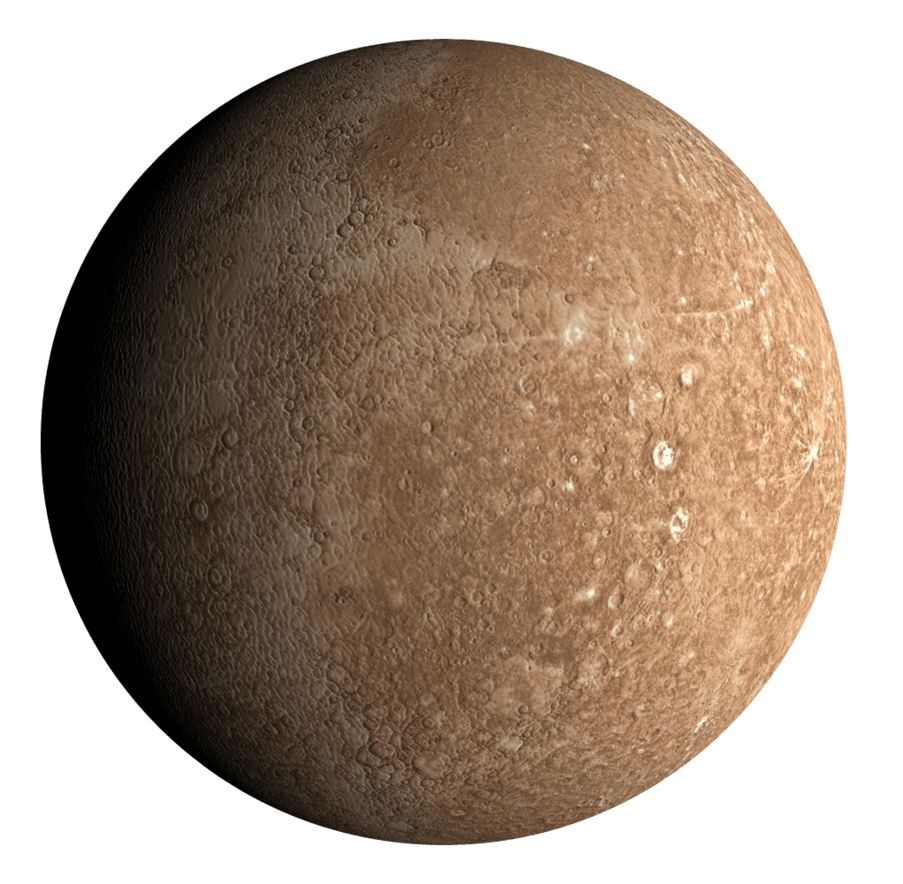Download top and best high-quality free Mercury Planet PNG Transparent Images backgrounds available in various sizes. To view the full PNG size resolution click on any of the below image thumbnail.
License Info: Creative Commons 4.0 BY-NC
Mercury is the smallest planet in the Solar System and the closest to the Sun. This small planet with a diameter of just over 3000 miles is only 1/3 of the size of the Earth and only 40% larger than the moon of the Earth. On a scale where the Earth has the size of a baseball, Mercury would be the size of a golf ball.
Mercury has a very long orbit, which takes the planet about 28.5 million miles from the Sun in its closest approximation, known as PERIHELION, and up to 43 million miles in its farthest part, known as APHELION. At perihelion, the Sun would look almost three times larger and about eleven times brighter if viewed from the surface of Mercury than what we see on the surface of the Earth (but the sky of Mercury will be black because Mercury has no air). Mercury is so close to the Sun that it usually hides from it, which makes it difficult to study Mercury near the Earth, although a small planet is only 48–50 million miles from Earth with a close approximation.
Travelling at a speed of about 108,000 miles per hour, Mercury completes an orbit around the Sun for about 88 Earth days. The Earth travels about 66,000 miles per hour and every 365 days ends an orbit around the Sun. Mercury completes more than four orbits of the Sun in one Earth year. In contrast to this short year, the days and nights of Mercury are very long. Mercury slowly rotates around its axis, and it takes about 59 Earth days to rotate. Mercury completes only three rotations on its axis during two orbits around the Sun. This means that the last three days of Mercury are the last Mercury.
In Religion
Mercury was the name of the Roman god, who carried messages and orders for other gods. Mercury was also a god responsible for the supervision of commerce, trade, passengers, and merchants. Mercury was often associated with peace and prosperity, and because of its speed, and was also considered the god of winds. As Mercury travels around the Sun faster than any other planet in the Solar System, ancient civilizations, including Maya, Egyptians, Greeks and Romans, portrayed this “star” as a transmitter in their religions and myths.
Temperature
The temperature of the surface of mercury varies sharply from more than 800 degrees Fahrenheit from the country facing the Sun to about minus 300 degrees Fahrenheit. This range of surface temperature between the solar and dark sides of mercury is the most extreme of all the planets in the solar system. Mercury simultaneously broils and freezes… literally! The main factor in this cycle of extreme heat and cold is the fact that, mercury is too small to maintain a significant atmosphere.
Mercury has an atmosphere, but it is so thin – about 1 trillion of the density of the earth’s atmosphere – that it practically does not exist. This subtle atmosphere protects mercury from holding and spreading the heat around the planet. As the small planet rotates, the country that is no longer exposed to the sun cools sharply, while the country facing the sun bakes.
Atmosphere
The thin atmosphere of mercury contains traces of solar wind elements and gases that are baked from the crust and surface rocks. The planet retains its atmosphere due to gravitational attraction. Mercury does not have enough mass to hold – due to gravitational attraction – a substantial atmosphere.
Gravity
Mercury’s surface gravity is only about 1/3 of Earth’s gravity. This means that a person who weighs 100 pounds on Earth will only weigh about 38 pounds of Mercury. Also, a planet that is as close to the sun as mercury is less likely to retain a dense atmosphere than a planet that is more distant from earth because it is constantly falling due to solar radiation. Charged particles emanating from the sunburn the planet, and this atomic remnant can accumulate, but the intense heat combined with mercury’s weak gravity allows gases to escape.
Mercury consists of about 70% iron and about 30% silicate material. It is believed that a large part of the iron of mercury is concentrated in its core. This core, the densest than any of the planets in the solar system, is about 75% of the volume of mercury. This means that the core of mercury is proportionally larger than any other planet in the solar system. This core may be responsible for creating a weak mercury – less than 1%, as strong as Earth’s magnetic field. This magnetic field indicates that the core of mercury contains molten iron and is not completely solid. The inner part of the fluid can – like the core of the earth – act as a molten conductor. When mercury rotates along its axis, molten iron in the core can generate a magnetic field that surrounds a small planet.
Download Mercury Planet PNG images transparent gallery.
- Mercury Planet
Resolution: 820 × 613
Size: 339 KB
Image Format: .png
Download
- Mercury Planet PNG Clipart
Resolution: 1280 × 1280
Size: 853 KB
Image Format: .png
Download
- Mercury Planet PNG Download Image
Resolution: 600 × 600
Size: 126 KB
Image Format: .png
Download
- Mercury Planet PNG File
Resolution: 1024 × 1024
Size: 1507 KB
Image Format: .png
Download
- Mercury Planet PNG Free Download
Resolution: 1449 × 949
Size: 394 KB
Image Format: .png
Download
- Mercury Planet PNG Free Image
Resolution: 2400 × 2392
Size: 3227 KB
Image Format: .png
Download
- Mercury Planet PNG HD Image
Resolution: 512 × 512
Size: 238 KB
Image Format: .png
Download
- Mercury Planet PNG High Quality Image
Resolution: 600 × 600
Size: 178 KB
Image Format: .png
Download
- Mercury Planet PNG Image File
Resolution: 680 × 680
Size: 268 KB
Image Format: .png
Download
- Mercury Planet PNG Image
Resolution: 920 × 681
Size: 337 KB
Image Format: .png
Download
- Mercury Planet PNG Images
Resolution: 640 × 334
Size: 234 KB
Image Format: .png
Download
- Mercury Planet PNG Pic
Resolution: 738 × 720
Size: 327 KB
Image Format: .png
Download
- Mercury Planet PNG Picture
Resolution: 580 × 580
Size: 232 KB
Image Format: .png
Download
- Mercury Planet PNG
Resolution: 618 × 617
Size: 359 KB
Image Format: .png
Download
- Mercury Planet Transparent
Resolution: 903 × 884
Size: 407 KB
Image Format: .png
Download
